
In recent years, Kim Trung commune has exploited the potential and advantages of the coastal area to develop aquaculture with 277 hectares of water surface area and considered this a key economic sector. Along with the issuance of a specialized resolution on aquaculture; planning specialized aquaculture areas (extensive shrimp farming areas, technological shrimp farming areas, mollusk seed production areas; areas applying new seed production such as blood cockles, green mussels, snails, etc.), the commune has stepped up propaganda and mobilized people to invest in and renovate ponds according to technical processes; industrial aquaculture, applying technology, farming according to VietGap standards, ensuring food safety associated with environmental protection; coordinating the organization of technical training courses on aquaculture for people; implementing support mechanisms and policies; investing in completing traffic infrastructure, irrigation, electricity, environment, etc. to create favorable conditions for aquaculture production.
Up to now, the aquaculture sector of the commune has strongly developed in the direction of increasing the area and value of mollusk seed production, reducing the area of extensive black tiger shrimp farming.
Comrade Vu Truong Thu, Chairman of Kim Trung Commune People's Committee said: In recent years, grasping the trend and advantages of clam and oyster seed production, the commune has promoted the development of this type of farming and considered it a sustainable direction in restructuring the aquaculture industry. Currently, the whole commune has 221 clam and oyster seed production facilities with 140 hectares (accounting for about 50% of the aquaculture area), with an estimated value of nearly 53 billion VND (equal to more than 60% of the total value of the aquaculture sector of the commune).
Mr. Pham Van Vung, owner of an oyster seed production facility in hamlet 6, Kim Trung commune, said: Previously, my family had 0.8 hectares of farming tiger prawns and green crabs, but due to extensive farming methods and dependence on the weather, the efficiency was not high. After receiving guidance from the commune government, I boldly switched to industrial oyster seed production, applying high technology, proactively controlling the farming environment, and preventing diseases. Thanks to participating in technical training courses and applying scientific advances in production, the model has developed effectively. Each year, over ten thousand clusters of oyster seeds are produced, with a net profit of about 1 billion VND, 4-5 times higher than traditional shrimp farming.
Along with that, the commune has 239 extensive black tiger shrimp farming facilities (76 ha); 64 industrial whiteleg shrimp farming facilities (35 ha); 60 semi-industrial whiteleg shrimp farming facilities (24 ha) and dozens of shrimp and crab hatcheries, intensive fish farming facilities with grouper, sea bass, brown... and commercial blue crab farming facilities intercropped with black tiger shrimp and extensive whiteleg shrimp. The total value of aquatic product production of the commune is estimated at nearly 100 billion VND, the average income is estimated at 450-500 million VND/ha/year.
In the first 5 months of 2025, the aquatic product output in the commune is estimated at more than 90 tons, equal to 40% of the annual plan. The output of oyster seeds alone is estimated at 170,000 clusters, clam seeds are estimated at 30 million, the total value of seed production is estimated at 32.5 billion VND, reaching over 51% of the annual plan.
Not only focusing on aquaculture, Kim Trung also promotes the exploitation of coastal land and garden land to develop fruit trees such as melons, watermelons; medicinal plants and various vegetables with high economic value. Currently, the commune has 25 hectares of coastal land and garden land that people cultivate 2-3 crops per year.
In particular, the melon tree with an area of 12 hectares, yielding 335 tons, has the advantage of being suitable for the soil, aromatic, sweet, rich, and has become a typical local product that is loved by many consumers. For the sustainable development model, the commune has established the Kim Son Organic Agricultural Products Cooperative. Currently, the Cooperative has 7 members with 24 members, with a total area of over 5 hectares. Joining the Cooperative, members are guided on the production process in a safe direction and are signed contracts to link the consumption of melon products.
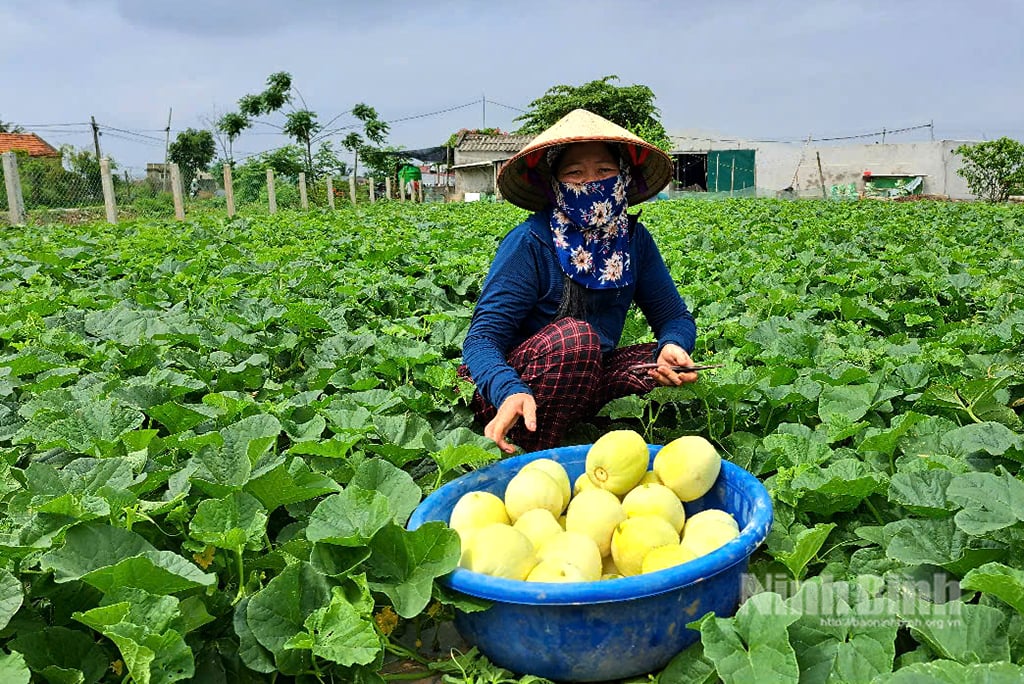
Taking advantage of the locality's location along the Kim Son coastal mangrove forest, with an area of 600 hectares, including many types of rich forest trees such as mangrove, parrot, and sour mangrove... these are trees that provide abundant pollen sources, favorable for the development of honey bee colonies, the commune has encouraged the development of beekeeping and established the 27/7 honey beekeeping cooperative. The cooperative currently has 16 beekeeping households with about 2,000 bee boxes. The annual honey output reaches more than 10 thousand liters. In 2024, the commune successfully developed 2 3-star OCOP products: "Mangrove honey soaked with male papaya flowers" and "Mangrove honey 27/7". Thereby, increasing the value of agricultural products, opening up opportunities to access large markets, creating jobs and stable income for people.
Along with agriculture and fishery, Kim Trung also maintains and develops small-scale industries, trade and services such as wood processing, construction, coastal fisheries exploitation, food services, agricultural supplies, etc., contributing to creating jobs for hundreds of local workers. As of May 2025, the average income of the commune is estimated at 67 million VND/person/year (an increase of 5 million VND/person/year compared to 2023). The poverty rate has decreased to 1.14%.
With economic development and improved income, Kim Trung commune has the conditions to continue investing in infrastructure, paying attention to social security, education, health, culture, environmental sanitation, etc. Up to now, the appearance of Kim Trung commune has improved with relatively synchronous infrastructure: 100% of rural roads and 98% of intra-field roads are concreted and solidified; 96% of families have solid houses; 50% of hamlets meet the standards of model new-style rural residential areas; the environmental landscape is bright-green-clean-beautiful with 100% of roads having lighting, many roads are planted with flowers and trees; waste is collected and treated by the people according to regulations; political security, social order and safety in the commune are maintained.
With the right orientations of the Party Committee and government, along with the solidarity and efforts of the people, Kim Trung is gradually becoming a bright spot in rural economic development associated with sustainable income improvement for the people.
In the coming time, the commune will continue to exploit its potential and advantages, synchronously and flexibly deploy solutions to promote economic development to further improve people's income and life.
Source: https://baoninhbinh.org.vn/kim-trung-phat-trien-kinh-te-nang-cao-thu-nhap-cho-nguoi-359527.htm


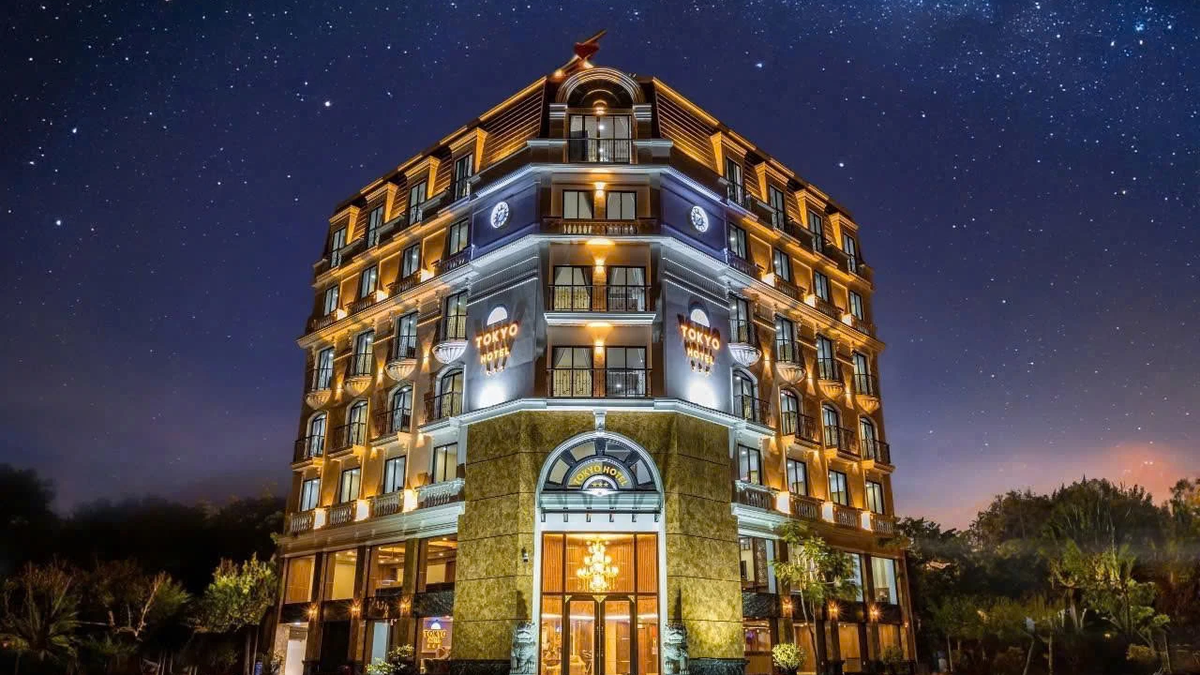
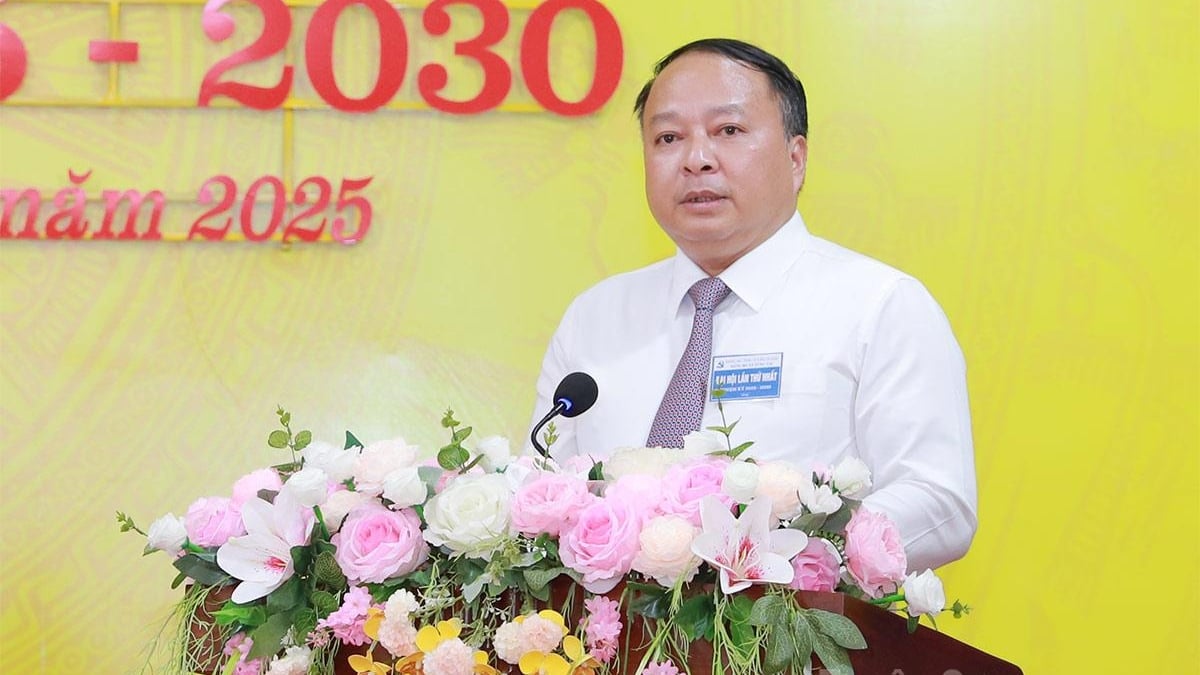
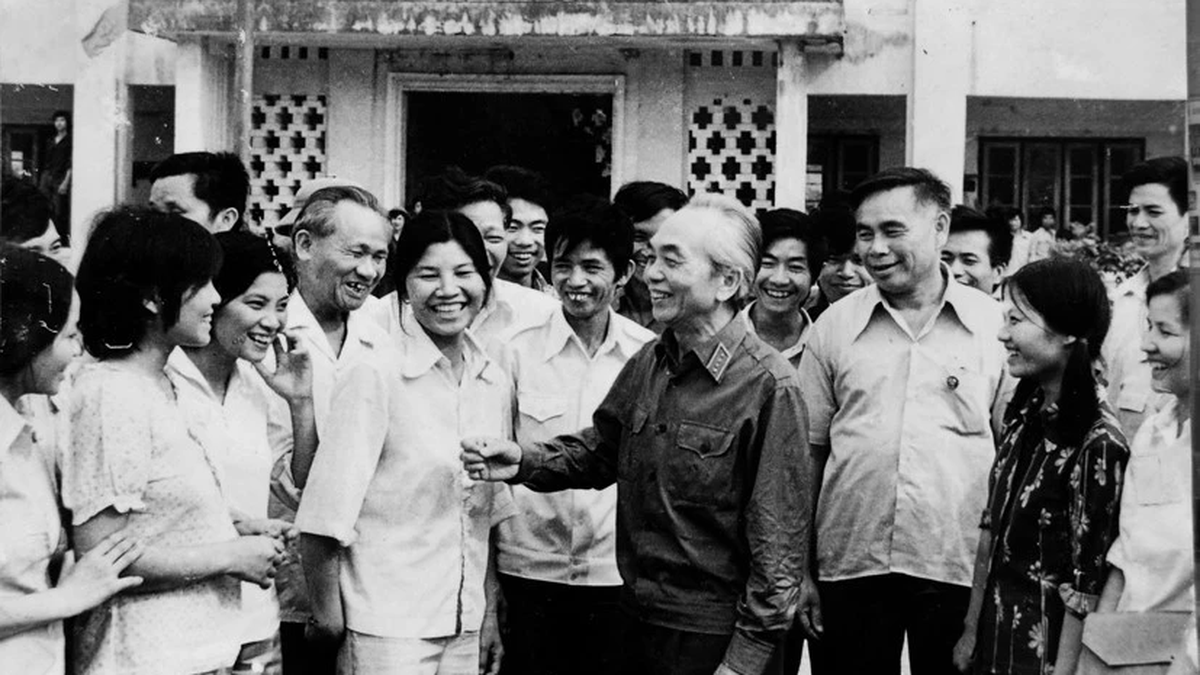
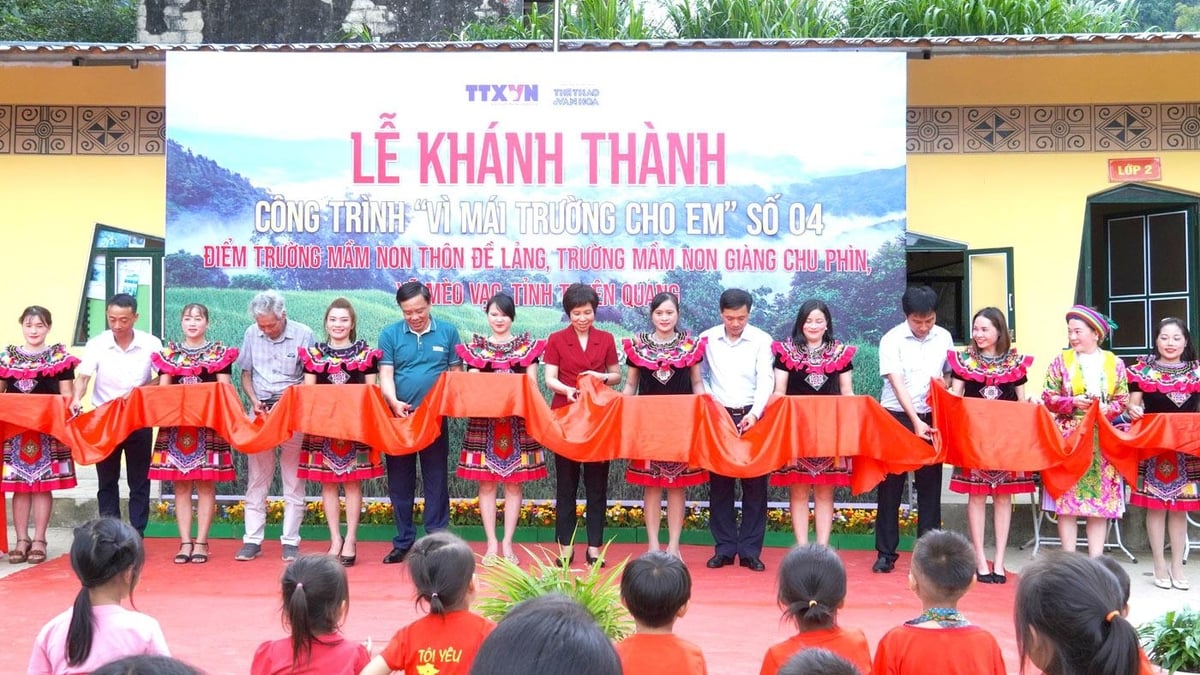

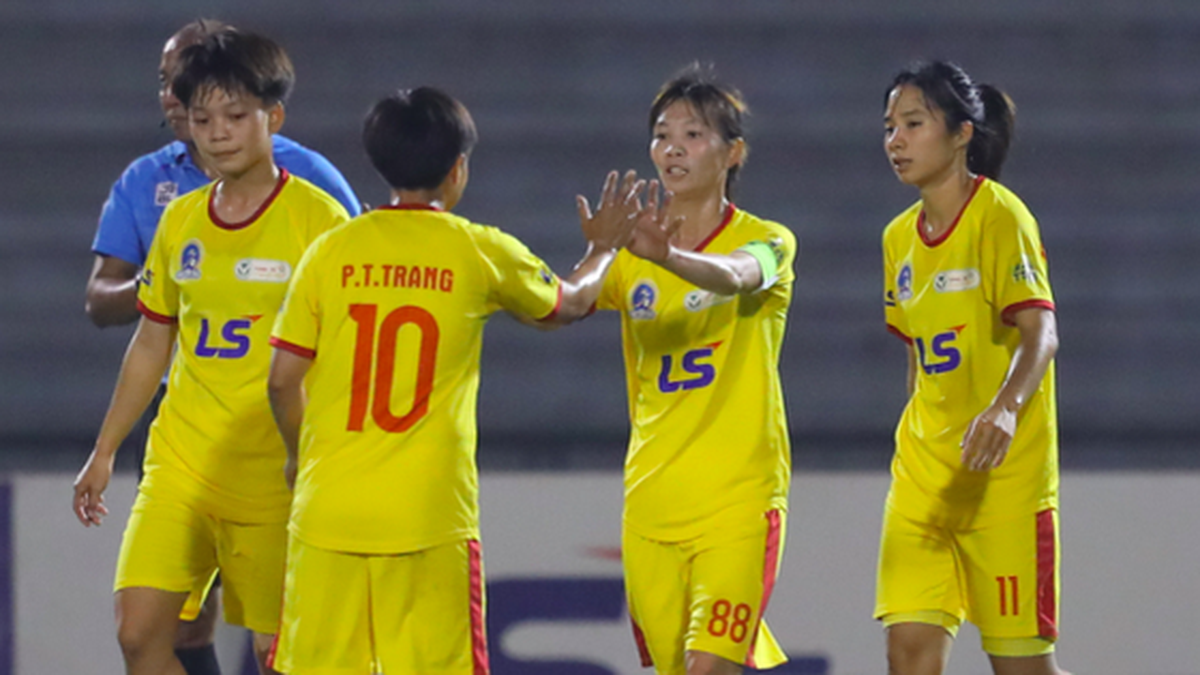
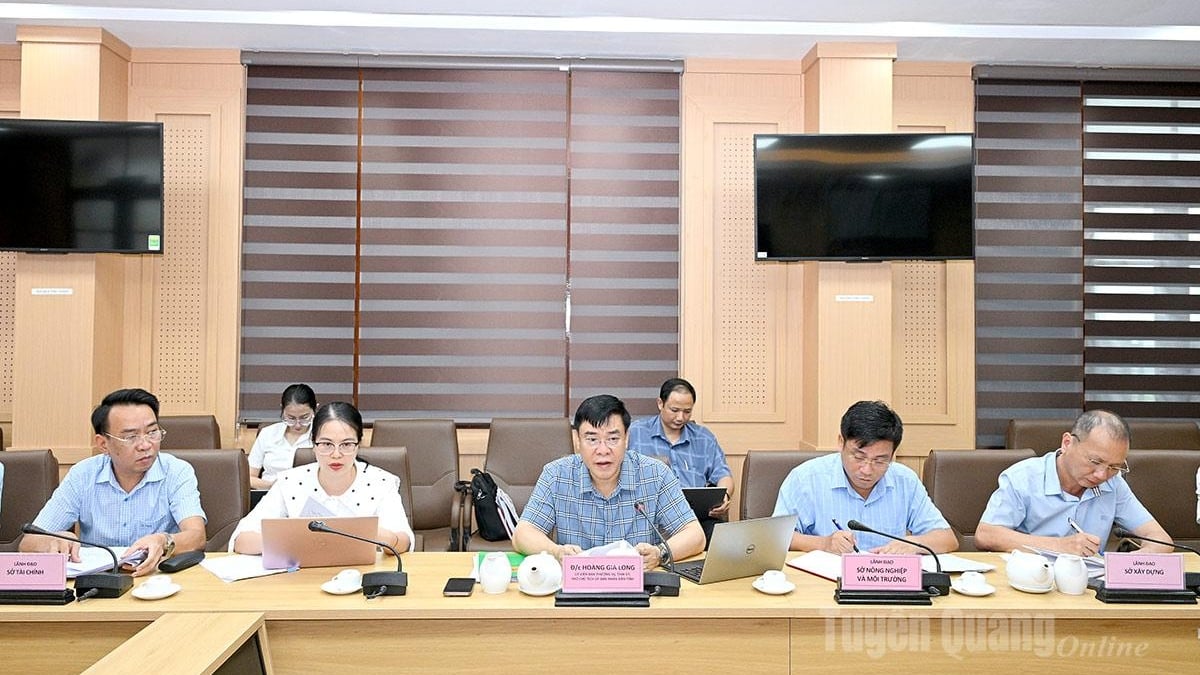
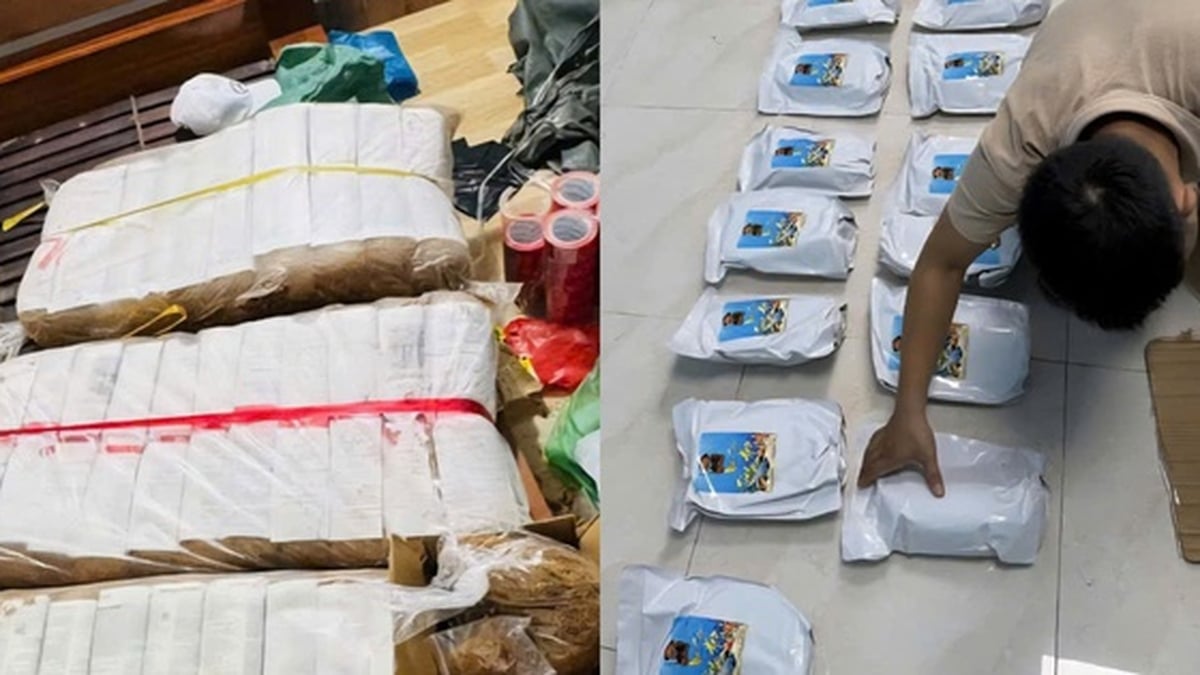
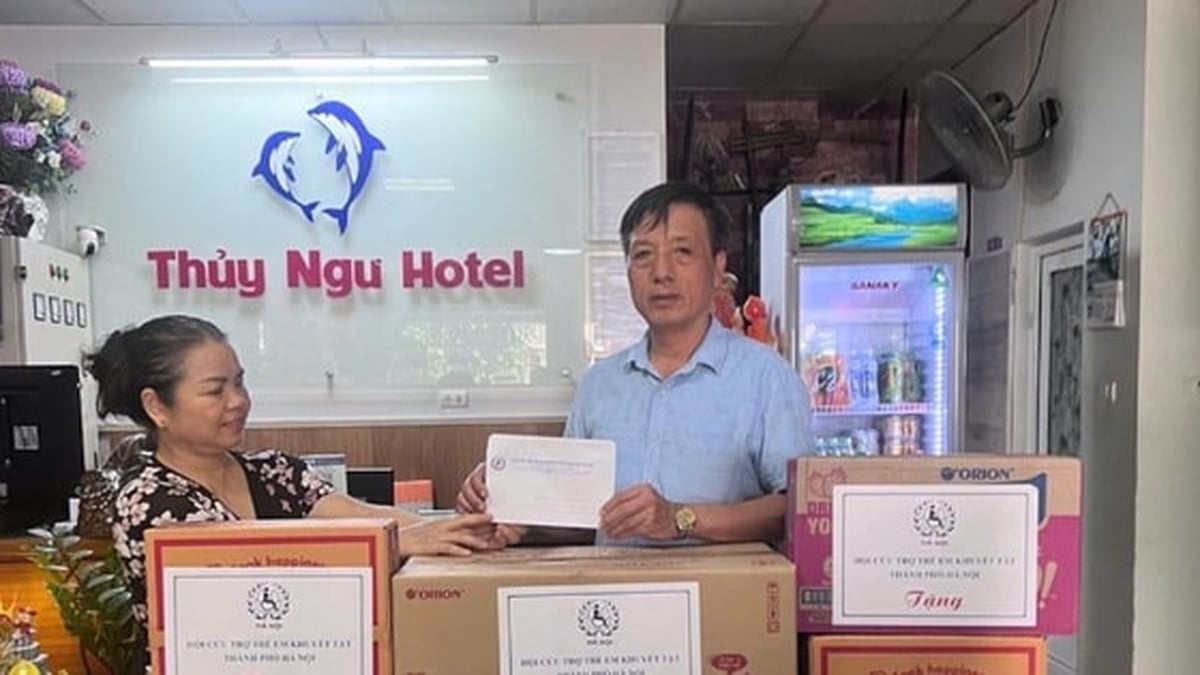



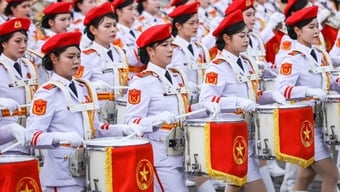

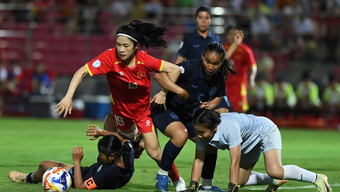





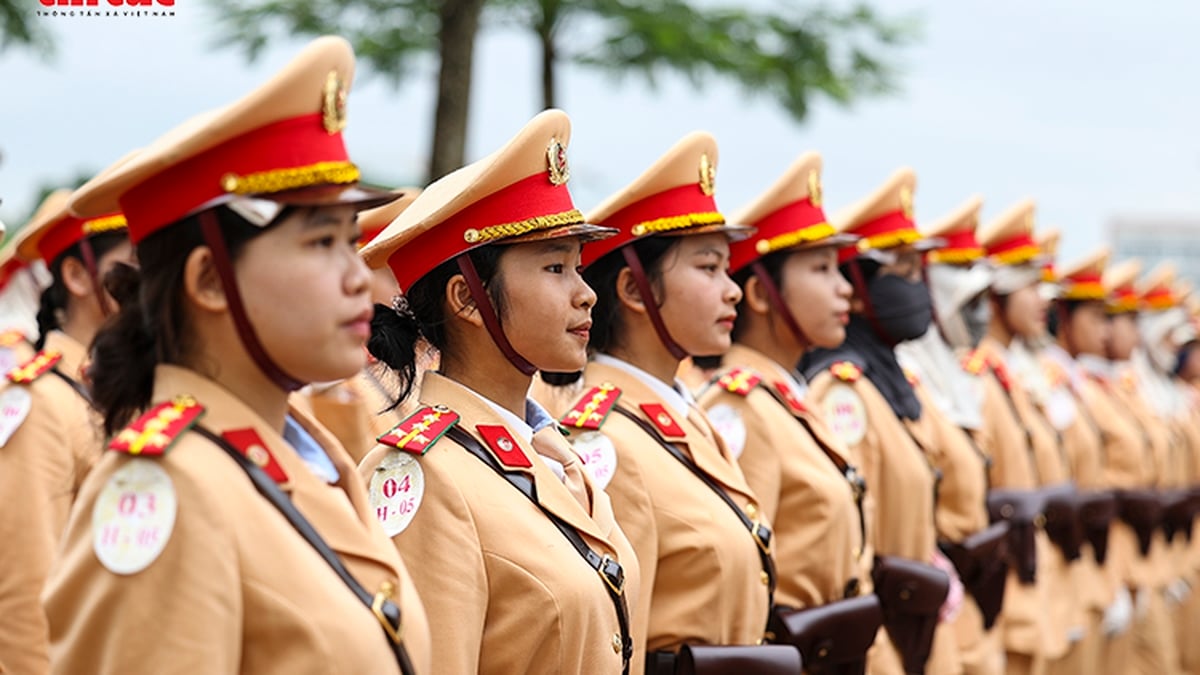
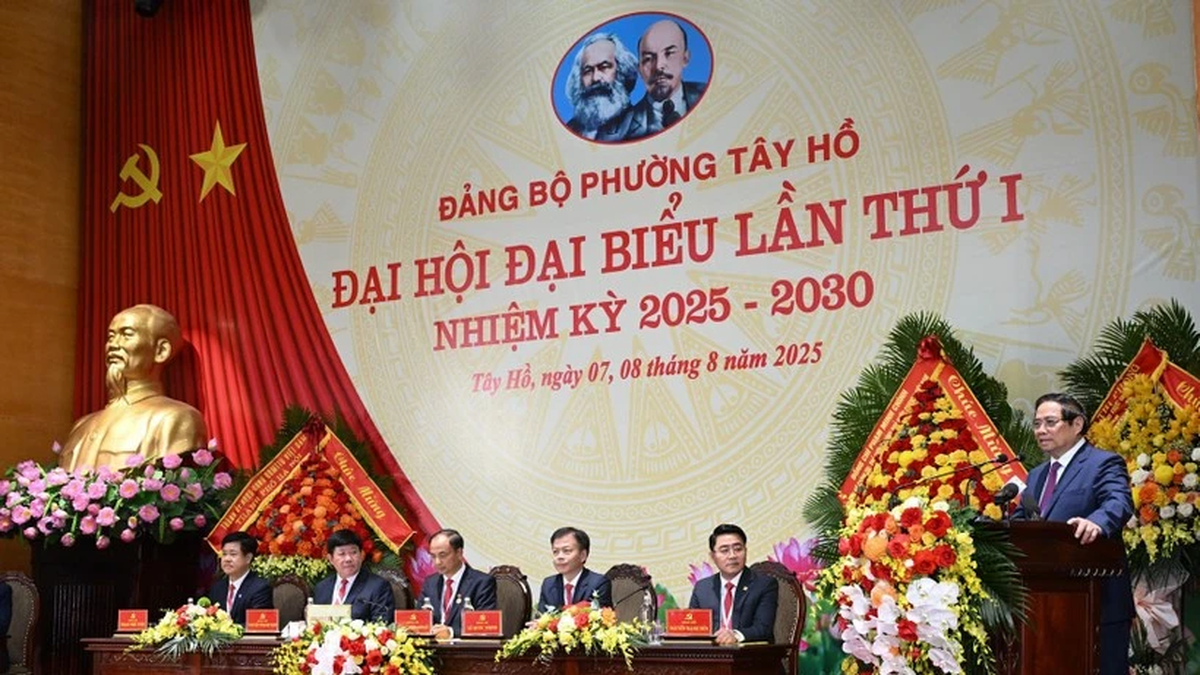
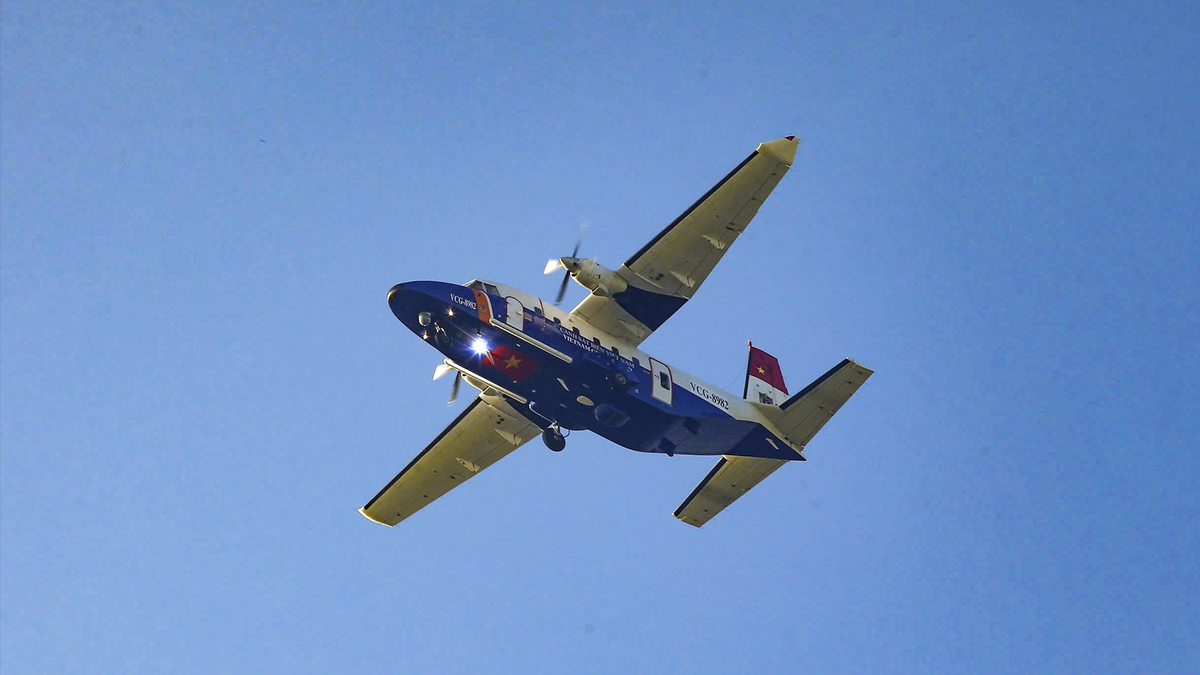
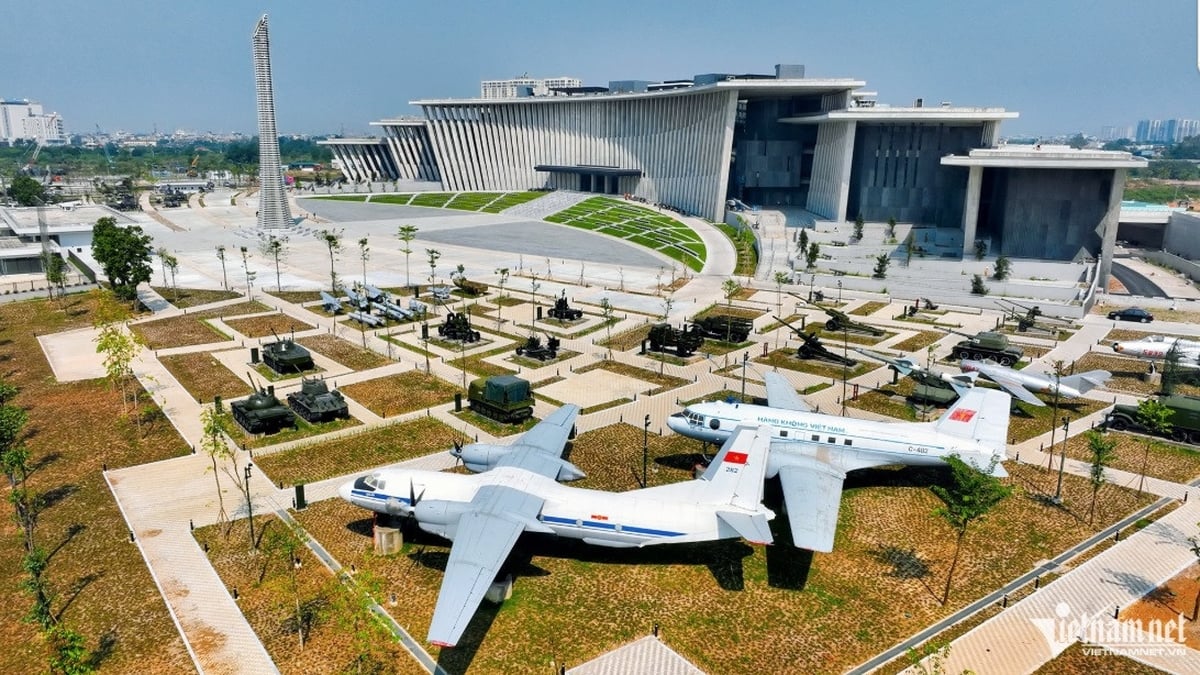

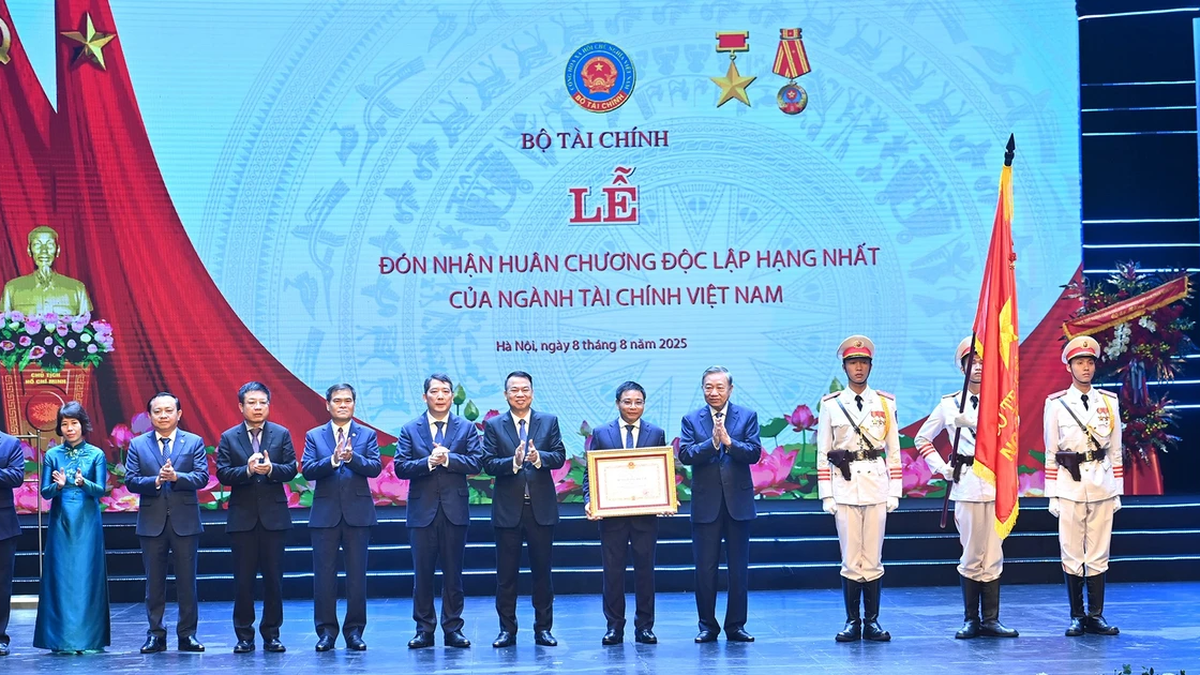
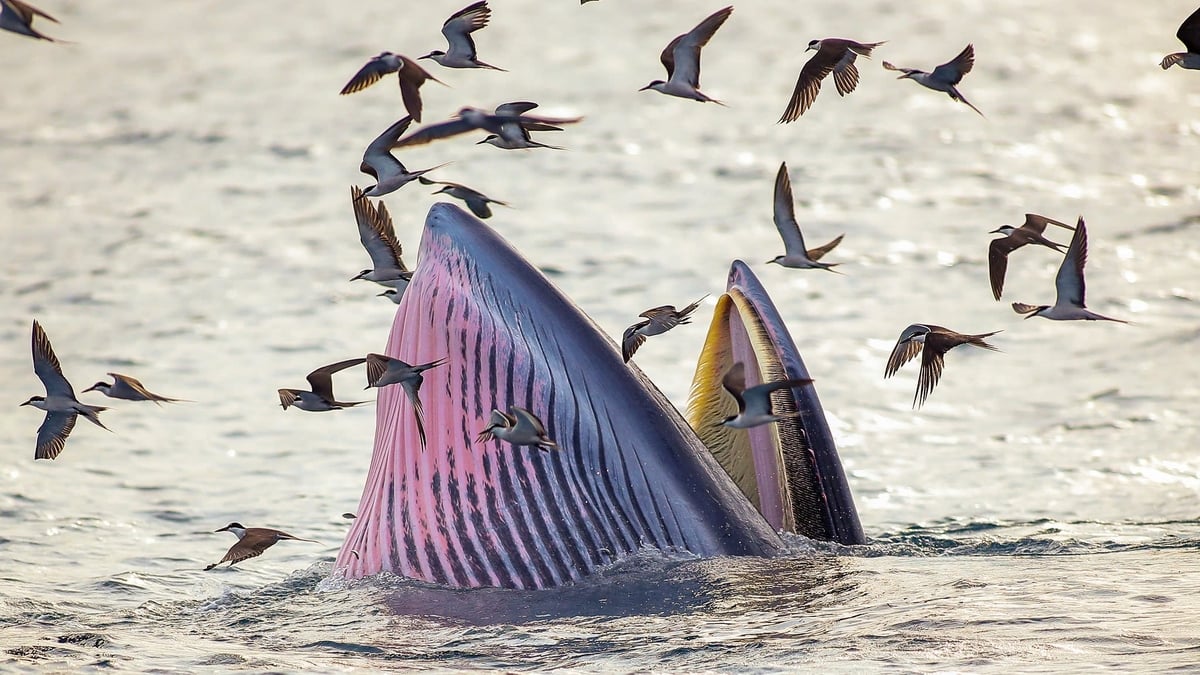
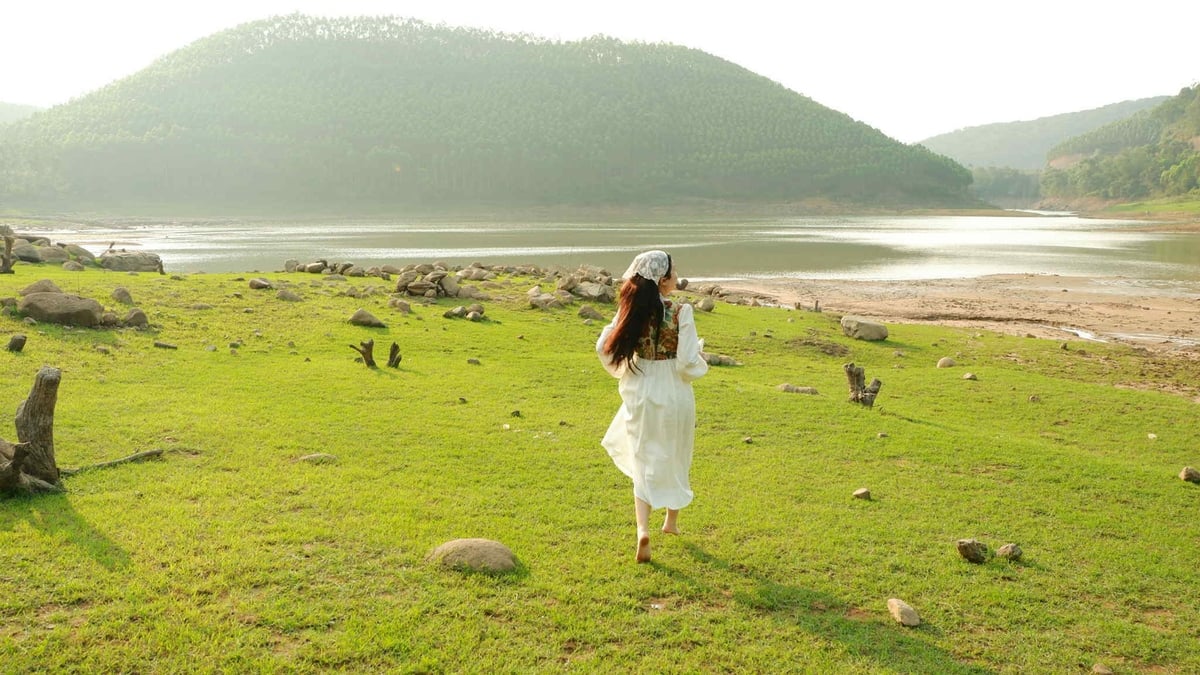


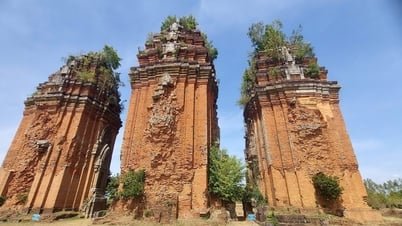

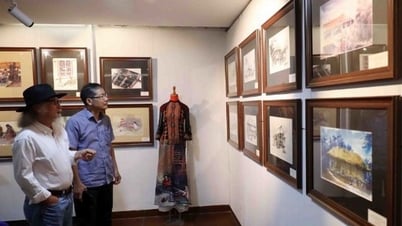

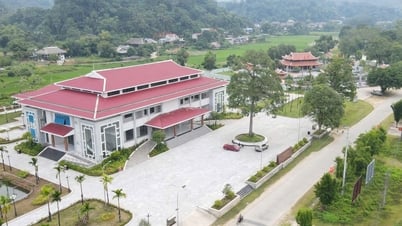

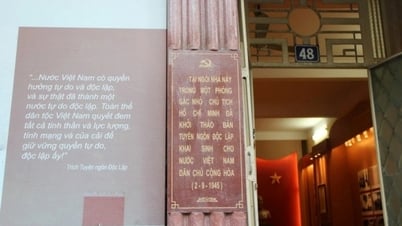

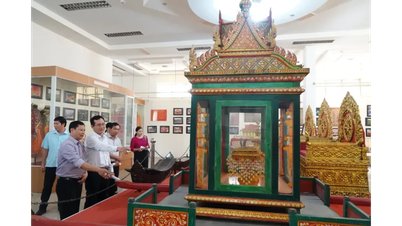

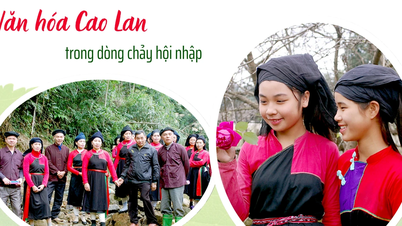

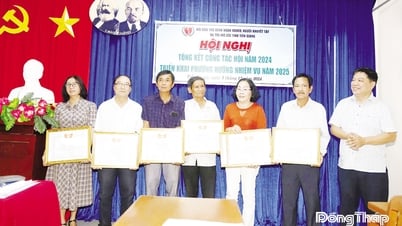



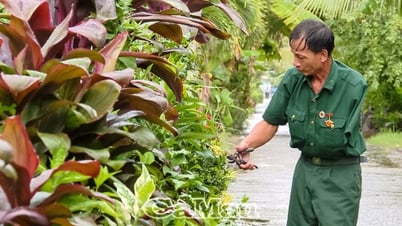

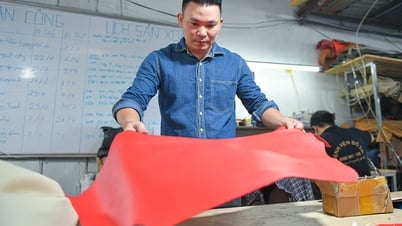










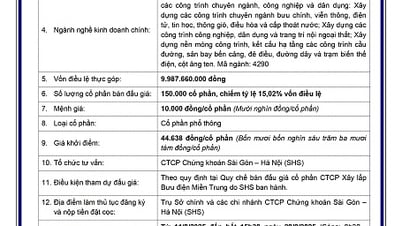
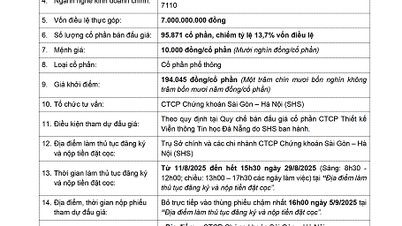

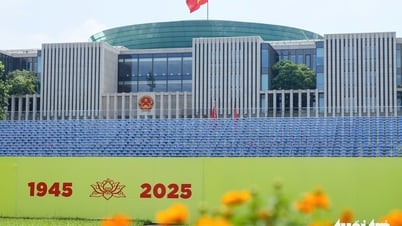
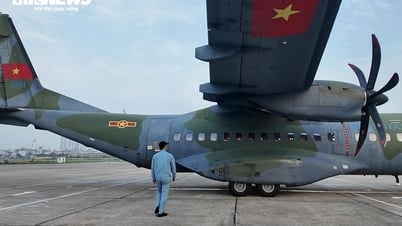







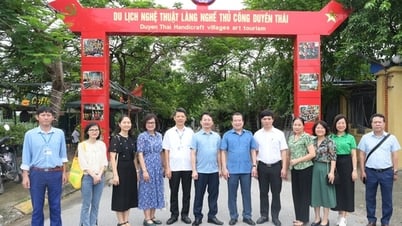
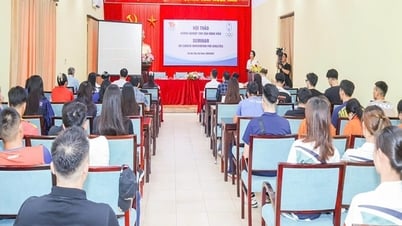
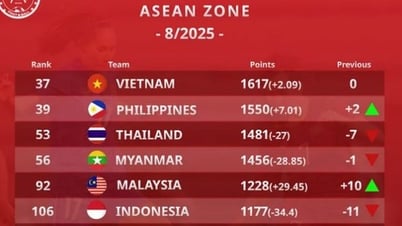
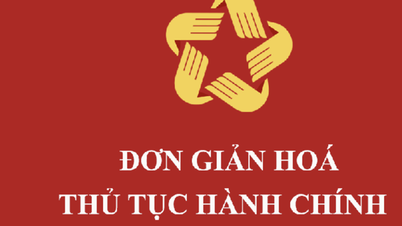


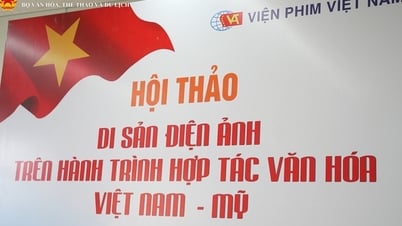







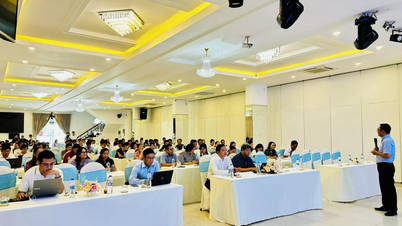

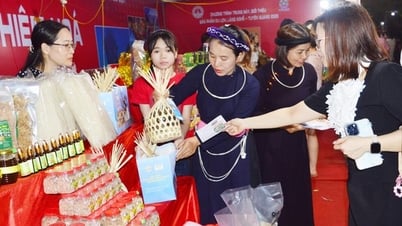

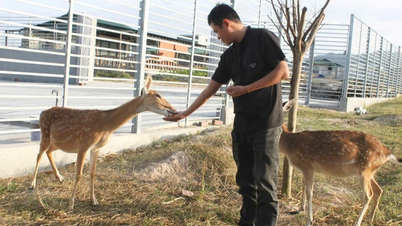

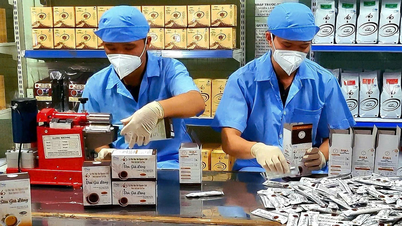
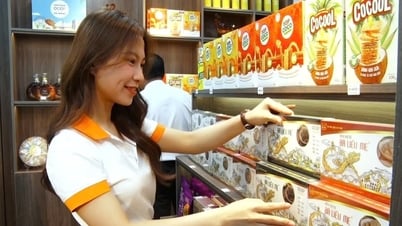



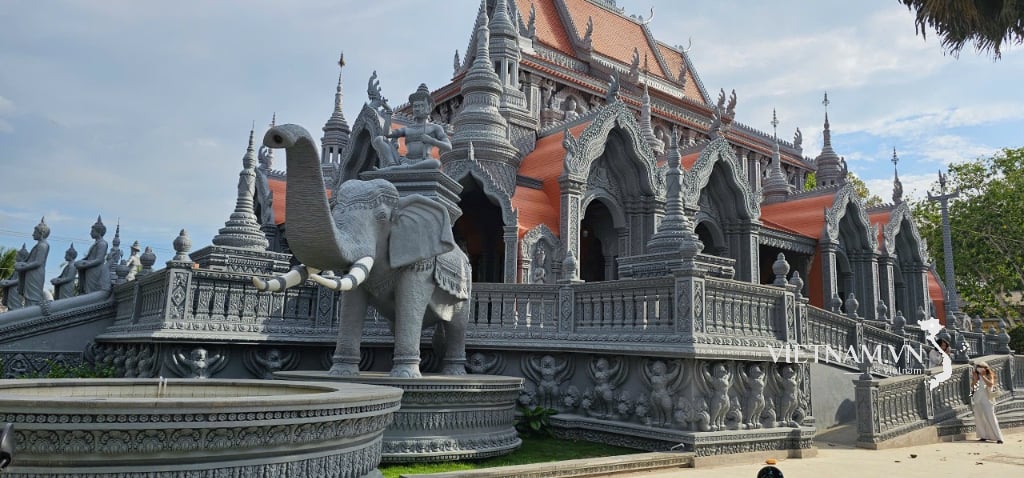

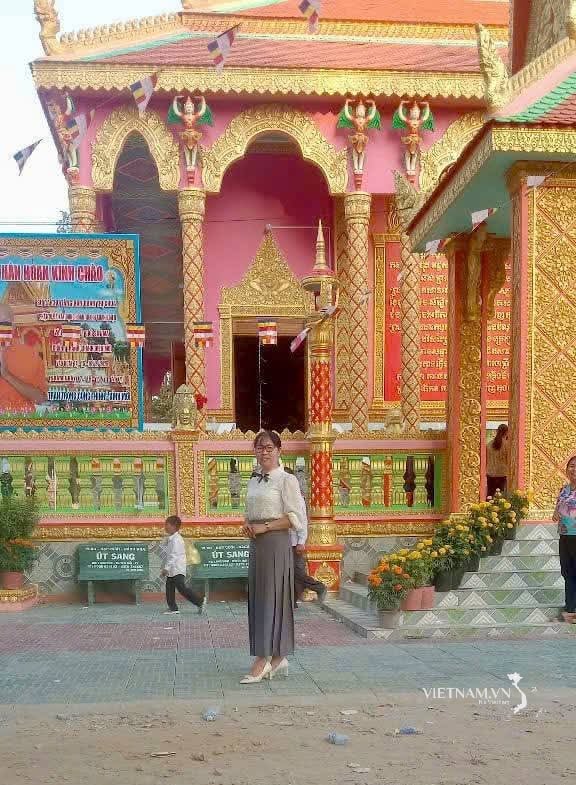

Comment (0)